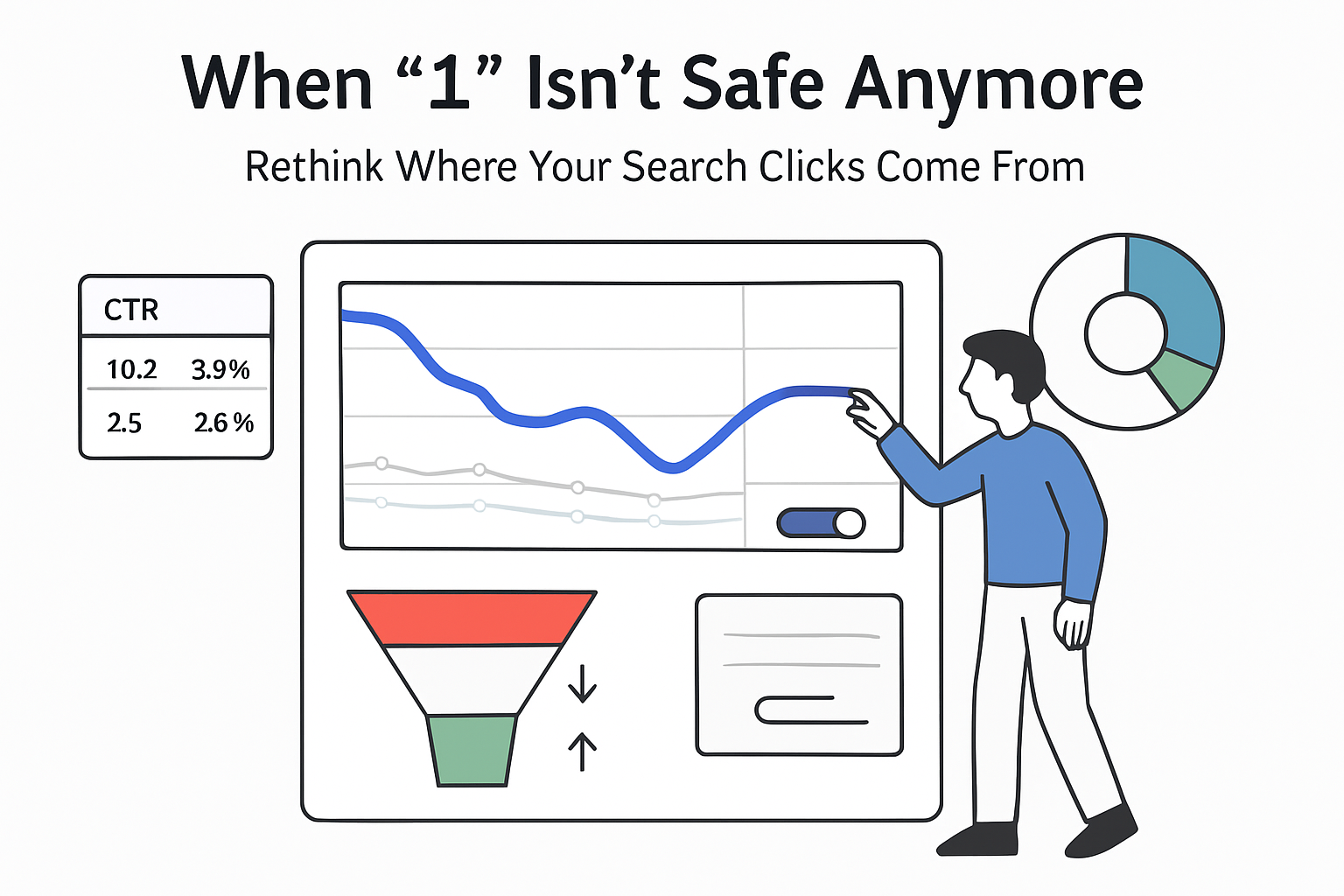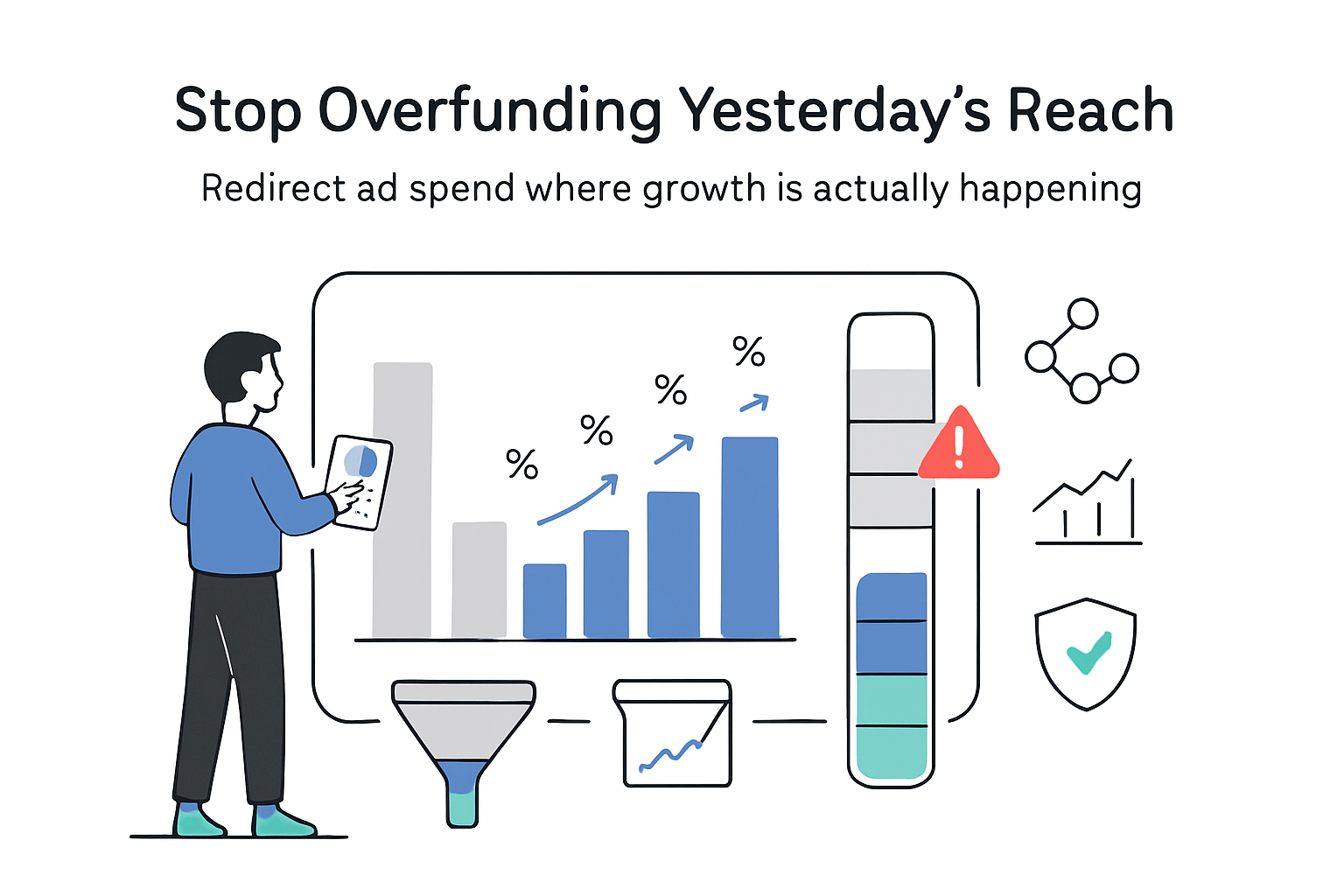Microsoft published new guidance on structuring content for inclusion in AI-generated answers across Bing-powered surfaces. The update appeared on the Microsoft Advertising blog in October 2025.
AI search visibility - key details
Microsoft says AI assistants segment pages and evaluate sections for authority and relevance. There is no "secret sauce" that guarantees selection. Structure, clarity, and "snippability" improve eligibility.
Recommended practices
- Match your title tag, meta description, and H1 to the page purpose.
- Use descriptive H2 and H3 headings with one idea per section.
- Include self-contained Q&A blocks and short paragraphs that can stand alone.
- Use short lists, step-by-step instructions, and comparison tables where they add clarity.
- Add appropriate JSON-LD schema for the page type.
- Maintain crawlability, accurate metadata, internal linking, and relevant backlinks.
What to avoid
- Long walls of text that merge multiple ideas.
- Hiding key content in tabs or non-rendered elements.
- Relying on PDFs for core information.
- Placing important details only in images without alt text or HTML equivalents.
- Vague claims that lack specific information.
- Decorative symbols or long punctuation strings.
Background
Microsoft notes that ranking still happens, but the focus has shifted to selecting parts of pages for answers. AI-generated responses blend information from multiple sources into concise summaries. The guidance extends long-standing content and technical fundamentals rather than replacing them.
Source
Microsoft Advertising blog: Optimizing your content for inclusion in AI search answers








.svg)